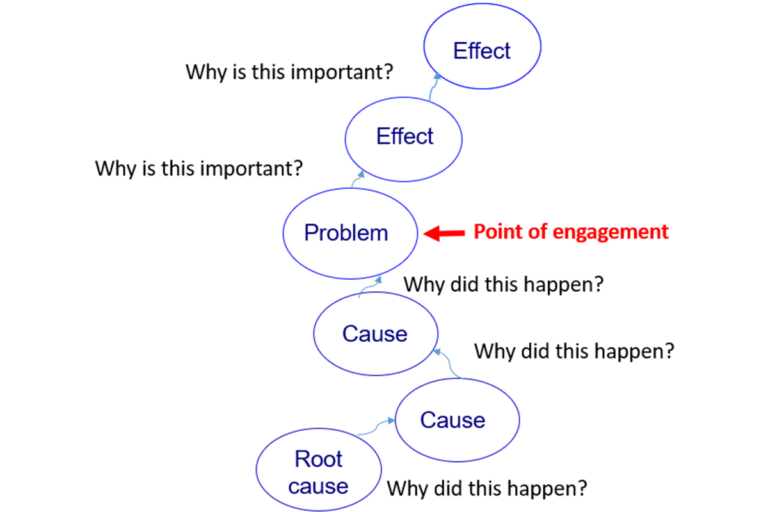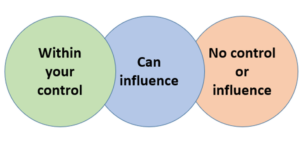RCA 101
Introduction
Cause and effect chain
Point of engagement
Control
Objective
- GembaCI RCA 101 is a basic training course to get started with GembaCI RCA.
- It is important to note that the course is not intended to turn participants into RCA experts; rather, it focuses on providing the necessary RCA knowledge so that users can leverage the software’s capabilities. While RCA is a robust discipline with various methodologies and advanced techniques, this training will equip you with the fundamental knowledge needed to utilize our software for your RCA process.
- We encourage further exploration and learning through additional training courses and resources available on the internet to deepen your expertise and enhance your problem-solving capabilities.
- Let’s embark on this learning journey together to drive impactful solutions to problems using GembaCI RCA.
Important concepts
Before you begin with the RCA process, there are a few important concepts you need to understand.
Cause and effect chain
- A problem presents itself as part of a cause & effect chain, where it has at least:
- one cause – an event (something that happened that creates a problem) or a condition (a state of affairs that allows a problem to exist); and
- one negative effect – the unwanted result or consequence of the problem.

- Figure 1 displays a single cause and effect chain, but most problems have multiple root causes and effects, resulting in multiple cause and effect chains for one problem.
Point of engagement
- The point of engagement is the event or condition in a cause & effect chain you identify as the problem.
- The point of engagement determines the level of engagement relative to the root cause(s). As a rule the higher the level of engagement, the more causes to the problem; and the lower the level, the more specific the causes.
- It also determines the degree of control over the problem together with its effects and causes.
- When you find it difficult to solve a complex problem, you may want to drop your point of engagement. When you do this, an event or condition which was previously seen as a cause, now is seen as the problem, simplifying the cause and effect chain and placing you in a better position to solve at least part of the problem.
- The challenge is then to do the same with the other cause chains of the original problem. If you don’t, the problem will improve, but you’ll never fully solve it.
Control
- You have various degrees of control over problems, effects and causes:

- You should focus on problems, effects and causes that are within your control and those you can influence.
- However, always ensure that the problems, causes and effects that are outside your control or influence are brought to the notice of those who are best able to deal with them.

